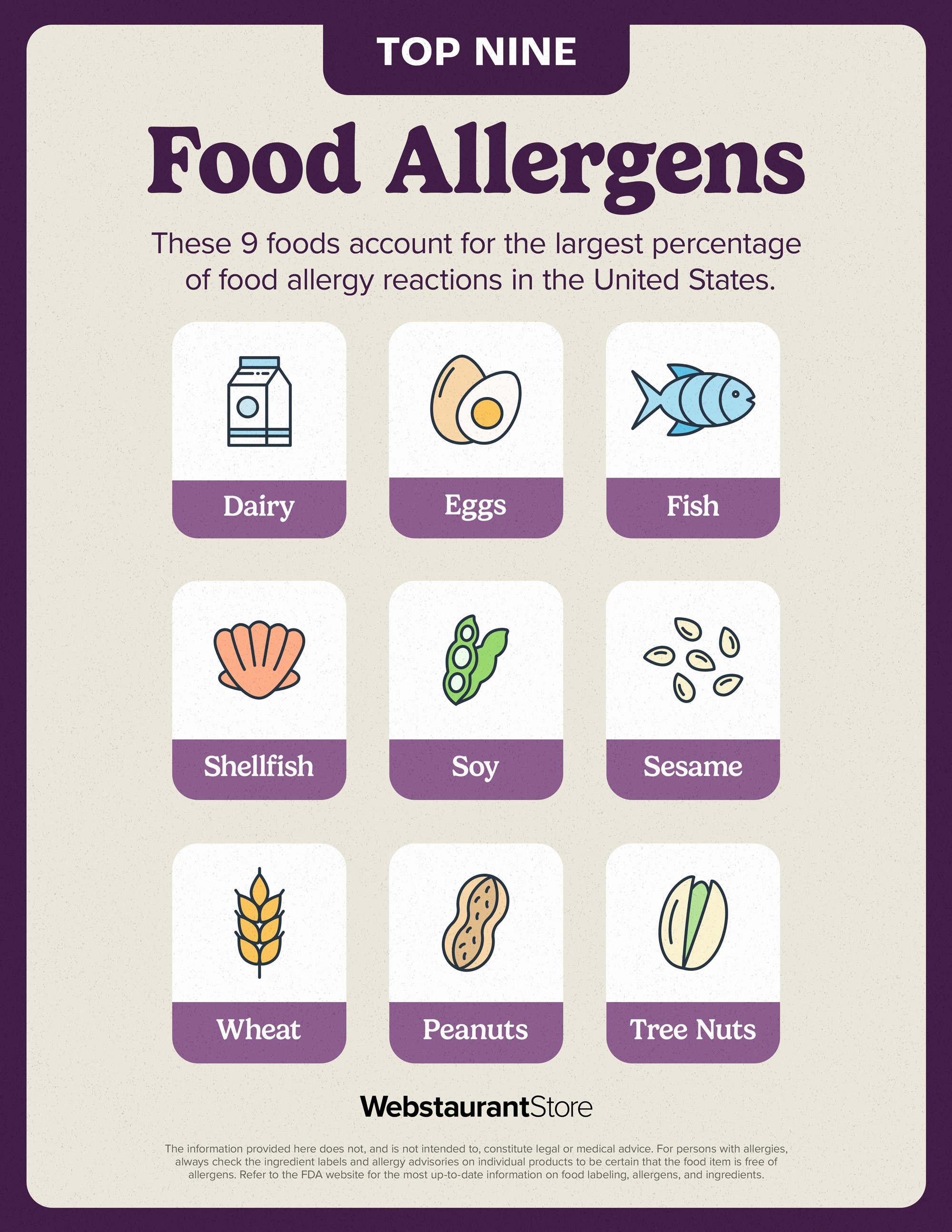
Graham crackers, an iconic staple in the culinary landscape, particularly in North America, seem innocuous at first glance. Yet, they harbor potential risks for individuals with food allergies. Understanding which allergens are prevalent in graham crackers is crucial for safeguarding the health of those sensitive to specific ingredients. This guide aims to illuminate the key allergens associated with graham crackers, facilitating awareness and informed choices.
At the core of graham crackers’ composition lies a fascinating amalgamation of ingredients. Traditionally, these biscuits are crafted from whole wheat flour, sweeteners, and leavening agents. The primary allergens of concern include wheat, dairy, and, in certain formulations, soy. Let us delve into each of these components to understand their implications fully.
Wheat: The Foremost Allergen
The most ubiquitous allergen in graham crackers is undoubtedly wheat. This cereal grain contains proteins known as gluten, which pose significant health concerns for individuals with wheat allergies or celiac disease. Wheat allergies can trigger various adverse reactions, ranging from gastrointestinal disturbances to respiratory issues, depending on the severity of the individual’s sensitivity.
Wheat is classified among the “Big 9” allergens, a selection of ingredients that frequently elicit allergic responses. For individuals with wheat allergies, even trace amounts can instigate severe reactions. It is essential to scrutinize food labels meticulously, as graham crackers can often be cross-contaminated through shared processing equipment or facilities.
Dairy: The Hidden Peril
Another common allergen present in some graham cracker varieties is dairy. Ingredients such as milk powder or butter are sometimes incorporated into the recipes to enhance flavor and texture. Dairy allergies can provoke a spectrum of responses—ranging from skin irritations and gastrointestinal discomfort to anaphylactic reactions in extreme cases.
For those with lactose intolerance, even small amounts of dairy can lead to distress. Dairy-derived ingredients can often be masked under various names, which underscores the necessity of vigilance when examining ingredient lists. Opting for dairy-free graham crackers presents a viable alternative for individuals with dairy sensitivities.
Soy: The Underestimated Allergen
While not as prevalent as wheat or dairy in graham cracker formulations, soy can also emerge as a potential allergen. Soy lecithin, frequently used as an emulsifying agent, might be included in some brands of graham crackers. Individuals allergic to soy should remain particularly cautious, as allergic responses can range from mild irritation to severe anaphylactic shock.
As with wheat and dairy, navigating food labels and ingredient lists is paramount. The rise in the popularity of soy as an ingredient has necessitated increased awareness, as many consumers may not recognize its presence in processed foods.
Gluten-Free Alternatives
In light of the rising prevalence of gluten intolerance and celiac disease, the market has responded with an array of gluten-free graham cracker options. These alternatives typically utilize flours such as almond, coconut, or rice, allowing individuals with wheat allergies or gluten sensitivities to indulge in this nostalgic treat without adverse health effects. Despite these substitutions, it is imperative to confirm the absence of cross-contamination with wheat products.
Furthermore, gluten-free graham crackers may still contain dairy or soy, necessitating a thorough examination of the ingredient list. The increasing availability of allergen-free products illustrates a commitment to inclusivity in food production, providing individuals with allergies the enjoyment of flavors and treats previously deemed off-limits.
Ingredient Scrutiny: The Essential Practice
As the culinary world evolves, the complexity of ingredients also grows. Food manufacturers are continually innovating, introducing novel ingredients that may not be ubiquitous. For those with specific allergies, it becomes paramount to adopt a habit of vigilant ingredient scrutiny. Familiarizing oneself with common alternative names for allergens can also empower consumers in making safe dietary choices.
Moreover, digital resources and apps designed to scan barcodes for allergen information have made the task of ingredient checking more accessible. Armed with the right tools, individuals can navigate the aisles with confidence, reducing the likelihood of inadvertent allergen exposure.
Education and Awareness: A Community Responsibility
Creating a culture of awareness surrounding food allergies is not solely the responsibility of the affected individuals; it is a communal endeavor. Educating friends, families, and colleagues about the realities of food allergies can foster a supportive environment. This sensitivity can prove crucial during gatherings, sharing meals, or engaging in culinary activities.
School environments and public institutions also play a significant role in promoting awareness. Educators and staff should be trained to recognize and respond diligently to allergenic concerns, ensuring safety for all students. Campaigns aimed at demystifying food allergies and promoting inclusion can significantly contribute to a more empathetic society.
Conclusion
In summary, graham crackers, while seemingly benign, present considerable allergenic risks primarily due to the presence of wheat, dairy, and, occasionally, soy. The landscape of food allergies is ever-evolving, necessitating continuous education and awareness. By prioritizing ingredient transparency and fostering community sensitivity, we can ensure that individuals with allergies are empowered to enjoy the pleasures of food without fear. Educators, manufacturers, and consumers must work collaboratively to cultivate an environment that champions safety and inclusivity. Ultimately, understanding the allergens in common foods like graham crackers fosters a culture of awareness that protects the health and wellbeing of all.
